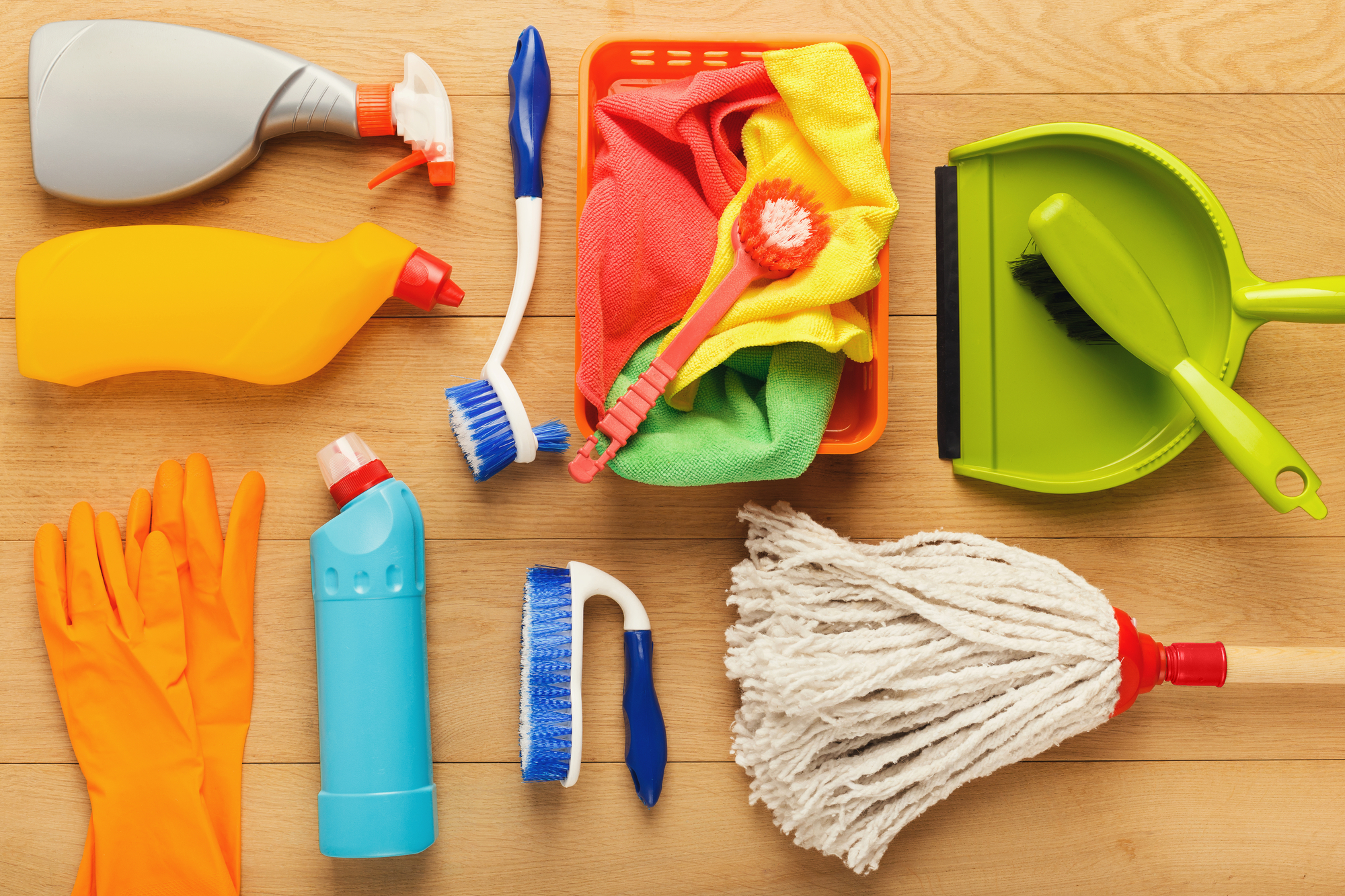
Investing in excellent cleansing tools is only half of the battle—maximizing its efficiency requires the proper techniques, maintenance, and utilization protocols. Proper training, ordinary care, and clever scheduling make sure that every computer offers height performance for years. Whether it is commercial vacuums, flooring scrubbers, or steam cleaners, knowing how to use the tools efficiently leads to better results, reduced downtime, and multiplied safety. These practices play a most important position in Boosting cleanliness in the workplace.
1. Read the Manufacturer’s Instructions
Every piece of tools comes with specified pointers for most excellent use. Skipping the manual may also lead to misuse, breakdowns, or ineffective cleaning.
Why it matters:
- Ensures ideal operation
- Reduces risk of damage
- Helps maintain assurance coverage
2. Train Your Cleaning Staff
Even the exceptional gear will underperform in untrained hands. Staff be aware of how to function every desktop safely and effectively.
Training include:
- Proper startup and shutdown procedures
- Usage settings for special surfaces
- Troubleshooting common issues
3. Perform Daily Equipment Checks
Before every use, take a look at the tools for seen wear, leaks, or mechanical issues. Preventing minor troubles early avoids highly-priced repairs later.
Key areas to inspect:
- Power cords and batteries
- Filters and water tanks
- Moving parts or brush heads
4. Clean the Equipment After Use
Leftover dirt, chemicals, or water can clog or corrode even the best possible first-rate machines. Make cleaning your gear phase of the daily routine.
Post-use cleansing checklist:
- Empty and rinse tanks or containers
- Wipe down exterior surfaces
- Check and rinse filters or pads
5. Store Equipment Properly
Leaving tools in high-traffic or humid areas can cause unnecessary wear and tear. Designate secure storage zones.
Proper storage includes:
- Dry, well-ventilated rooms
- Away from direct sunlight
- Elevated or tightly closed placement
6. Stick to a Maintenance Schedule
Preventive maintenance ensures durability and keeps your cleaning tools running at full capacity.
Set ordinary reminders to:
- Change filters
- Replace worn parts
- Lubricate transferring components
Following a strict schedule helps avoid sudden downtime and steeply-priced repairs.
7. Use the Right Accessories and Attachments
Different tasks require distinctive tools. Using the wrong attachment can limit overall performance and potentially injury surfaces.
Recommended add-ons can also include:
- Upholstery brushes for furniture
- Crevice tools for tight spaces
- HEPA filters for sensitive environments
Matching the right tool to the project improves cleaning results whilst protecting equipment and surfaces.
High-quality cleansing equipment can notably enhance hygiene standards—but only when used and maintained correctly. From group of workers training to normal upkeep and tailored usage, every step provides fee and extends gear lifespan. These techniques are indispensable for achieving maximum return on investment while Boosting cleanliness in the workplace.





